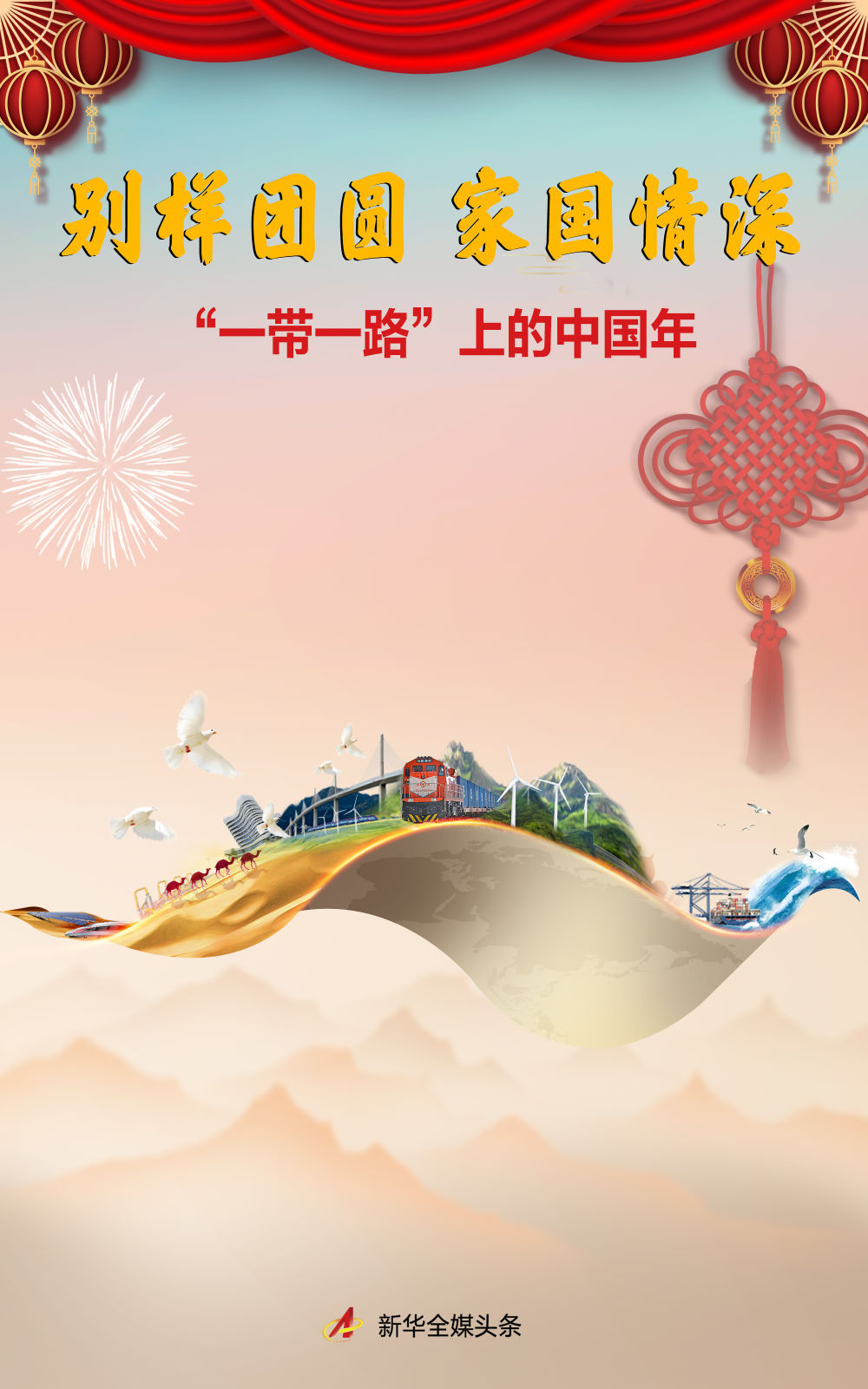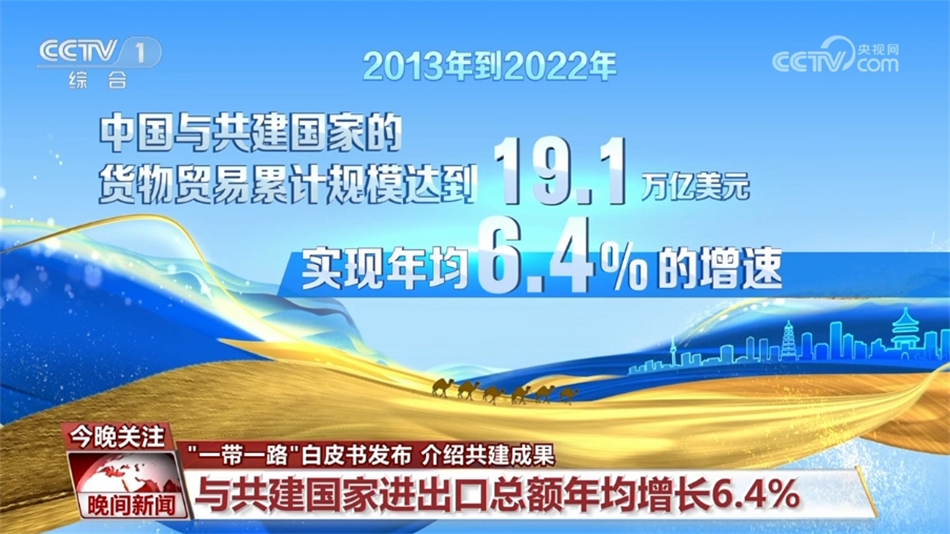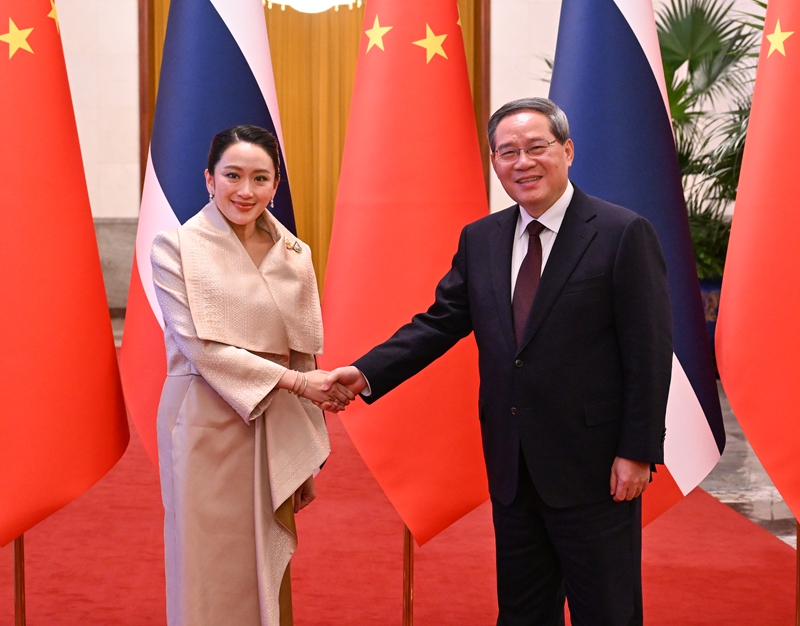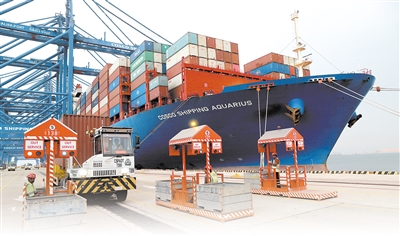Opening Up The Silk Road: The Great Bridge Between East And West
Opening Up The Silk Road: The Great Bridge Between East And West
When many people think of the Silk Road, the first thing they think of is an ancient trade route connecting the East and the West. This road not only closely connects China, India, Persia, and West Asia, but also leads all the way to Europe and Africa.
When many people think of the Silk Road, the first thing they think of is an ancient trade route connecting the East and the West. This road not only closely connects China, India, Persia, and West Asia, but also leads all the way to Europe and Africa, becoming one of the most important cultural and economic exchange platforms in human history. Its development process was full of hardship and wisdom, and also demonstrated the courage and foresight of the ancient ancestors. Today, we will talk about this glorious history, from its background, process, influence, to its inspiration for modern times.

1. Historical background: needs and motivations for exchanges between the East and the West
As early as the Han Dynasty, connections between the East and the West began to gradually increase. China's silk, porcelain, and tea gradually went abroad and became important export commodities. At the same time, spices, gems, and textiles from Persia, India and other places also poured into the Chinese market. In order to meet the growing demand, it has become particularly important to open up a stable and safe trade channel.
During this period, Central Asia also became prosperous and stable, and culture, technology, and religion continued to blend between the East and the West. All this laid a solid foundation for the development of the Silk Road.
2. The process of development: wisdom and courage displayed in the face of difficulties and obstacles
The establishment of the Silk Road was by no means an overnight success, but the result of a long period of exploration. During the Han Dynasty, Zhang Qian's two missions to the Western Regions became a key figure in opening up this road.
Zhang Qian's mission to the Western Regions
In 138 BC, Emperor Wu of the Han Dynasty sent Zhang Qian as an envoy to the Western Regions. One of the purposes was to unite various places to resist the Xiongnu. Zhang Qian spent more than ten years crossing the Gobi desert and passing through Dawan, Kangju and other places in the south of Urumqi, opening up the connection between the Central Plains and Central Asia for the first time. Although he encountered many difficulties on the way, such as being detained by the Xiongnu for many years, Zhang Qian's courage and persistence opened up the road to the Western Regions for future generations.
Trade routes gradually formed
With Zhang Qian's efforts, the Han Dynasty gradually established the Western Regions Protectorate and strengthened its control over the Western Regions. As time went by, the caravans became more and more prosperous, forming multiple trade routes starting from Chang'an, passing through the Hexi Corridor, Central Asia, Persia, and finally reaching the Mediterranean coast. These routes passed through deserts and mountains. Facing the harsh test of the natural environment, the merchants relied on their wisdom and perseverance to open up prosperous trade routes.
3. The influence of the Silk Road: cultural, economic and technological exchanges
The Silk Road was not only the circulation of goods, but also a channel for the exchange of culture, religion and technology. Buddhism was introduced to China from India and became an important part of Chinese culture; Persian astronomy and mathematics were also introduced to China, promoting the development of science and technology; silk and porcelain from the Central Plains were exported to Europe and became symbols of luxury.

More importantly, this road promotes the exchange and integration of different nationalities and promotes the common prosperity of Eastern and Western civilizations. It became the first large-scale cross-cultural exchange platform in human history, demonstrating the common desire of mankind to pursue peace and prosperity.
4. Modern Enlightenment: Inheriting and Developing the Spirit of the Silk Road
Today, the spirit of the Silk Road still has far-reaching significance. Facing the opportunities and challenges brought about by globalization, we should learn from the courage, wisdom and cooperative spirit of the ancients who opened up the Silk Road.
For example, the “One Belt, One Road” initiative is a modern inheritance of the spirit of the ancient Silk Road. Through infrastructure construction, trade cooperation and cultural exchanges, we can reshape a road of cooperation connecting Asia, Africa and Europe and promote the construction of a community with a shared future for mankind.
5. Conclusion: Learn wisdom from history and create the future
The opening of the Silk Road was a great feat of ancient China's opening up to the outside world, and it was also mankind's common dream of pursuing peace and prosperity. It tells us that as long as we have vision, courage and a spirit of cooperation, we can open up a bright road to the future even in the face of difficulties.

As modern people, we should inherit the spirit of the Silk Road, promote exchanges and cooperation between different civilizations, and jointly create a better future.





